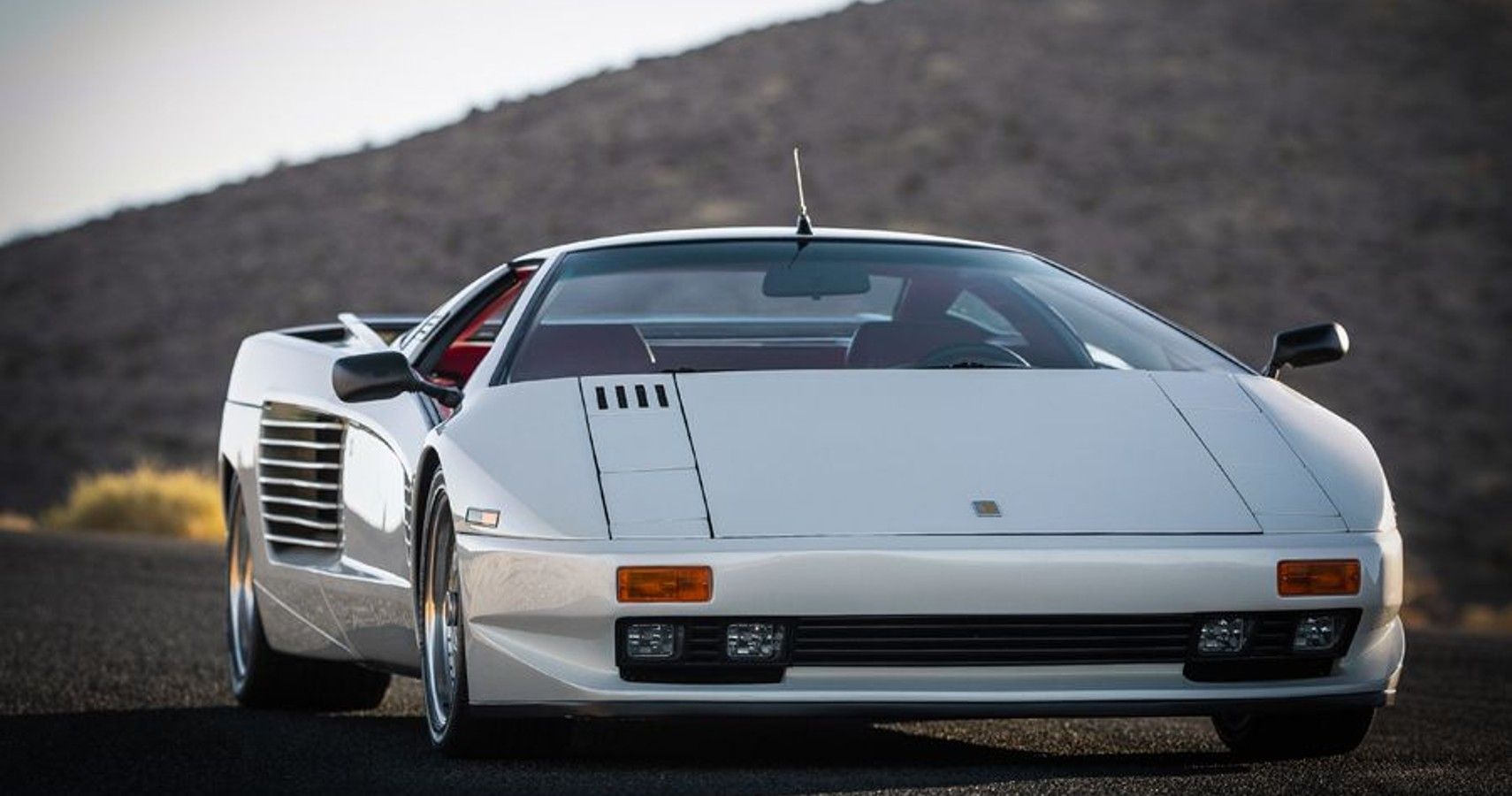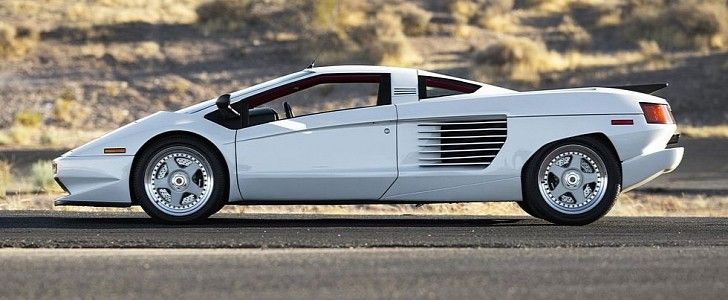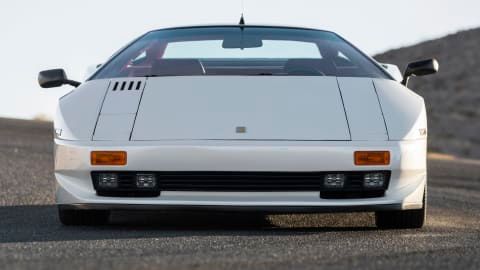With stop-the-traffic style, XXL size, and a 16-cylinder engine — the world's first production V16 at the time — people hailed it as the next great Italian supercar. It was a step up from all the eight and 12-cylinder pin-up vehicles of the 1980s. For a brief period, the Cizeta-Moroder V16T was the Italian supercar to beat in 1988.
The pearl white/red leather prototype is the most well-known of all of them. The Cizeta V16T had a lot of growing pains during its manufacturing cycle, just like any brand-new automobile. According to several production estimates, Cizeta-Moroder would produce one automobile per month, or 12 cars a year. It would have a starting price of $650,000 in 1991. This estimate was arguably the most reasonable.
They were mostly marketed to wealthy customers all over the world, and Cizeta-Moroder made the automobiles in Modena, Italy. This was the location of the skilled artisans who could create such a unique vehicle.
Let’s see what makes the Cizeta-Moroder V16T similar to the Lamborghini Diablo.
An Ex-Lamborghini Engineer Created The Cizeta-Moroder V16T
Claudio Zampolli founded Cizeta Automobili in 1988 in Modena, Italy. Former Lamborghini engineer Zampolli made the decision to realize his lifelong dream of building his own supercar. Zampolli possessed the knowledge, but the expensive endeavor needed funding, and he sought an investor. This is where Giorgio Moroder came into the picture.
Moroder, a composer of music, rose to fame for creating the scores for the movies “Scarface” and “American Gigolo,” as well as the official anthems for the 1984 and 1988 Olympics and the 1990 FIFA World Cup. When he drove his Lamborghini into Zampolli's store, he agreed to finance the V16T.
The partnership, however, didn't last long. In 1990, not long after Zampolli made the first prototype, Moroder and Zampolli parted ways. The only vehicle with a Cizeta-Moroder badge is the first one. The Cizeta V16T was the only name given to the succeeding models.
The Design Of The V16T Was Actually The Lamborghini Diablo’s Initial Design
Midway through the 1980s, Claudio Zampolli conceived the idea for Cizeta. And by 1988, he had a completely functional prototype. The end design resembled a preliminary draft of the Diablo, although Marcello Gandini had created it for Lamborghini.
After more than ten years of manufacturing, Lamborghini tasked Gandini with creating a replacement for the Countach, since it was becoming dated and out of style in the 1980s. The final concept was as a sleek, wedge-shaped body with an exceptionally extended rear deck and large gills into the rear fenders.
When Lamborghini received Gandini's proposal for their Countach successor, they drastically changed it, getting rid of his distinctive notched rear wheel arches. Gandini came to Cizeta after his dissatisfaction with Lamborghini because Zampolli pledged to maintain his unique taste.
The V16T appeared much more dramatic, even though it was highly similar to the Lamborghini Diablo from the nose to the B-pillars.
Zampolli equipped the car with rear fenders that became larger toward the back — a characteristic reminiscent of the Ferrari Testarossa. It was also equipped with quad pop-up headlights, a feature never previously seen on a production car.
While the rear fascia included rectangular, wrap-around tail lights at a period when round lights were still popular on supercars, the long rear deck featured a bigger, integrated spoiler.
Although They Have Different Engines, The Performance Of The V16T And The Diablo Is Similar
As a Ferrari dealer and former Lamborghini employee, Zampolli knew that the Cizeta required more than an eccentric look to stand out in a market with cutting-edge supercars. He, therefore, made the decision to step it up in the engine category by forgoing V8 and V12 architectures in favor of a V16.
Zampolli created the mill as two V8s, each based on the flat-plane crank engine used in the Lamborghini Urraco. The V8s had a standard block and used two timing belts to synchronize their unique camshafts and crankshafts.
It was rather tricky to stow the transverse 6.0-liter V16 (from which the T in V16T derives) beneath the seats. Zampolli also tipped the engine 10 degrees forward to make room for the five-speed transaxle from ZF. Additionally, Zampolli mounted the engine inside a hand-welded steel chassis, while he constructed the body from aluminum. The V16 engine produced a massive 540 horsepower and could rev up to 8,000 rpm.
The V16T was the most potent automobile in the world when it made its public debut in late 1988. However, it won't seem spectacular today, when numerous supercars produce more than 1,000 horsepower. For comparison, the turbocharged Porsche 959 and Ferrari F40 had “only” 444 and 471 horsepower available, respectively.
The V16 engine allowed the Cizeta to reach 60 mph from a standing start in little under four seconds and reach a peak speed of 204 mph, both astounding numbers at the time. It is a similar fit to the Diablo’s top speed of 202 mph and acceleration time of 4 seconds from zero to 60 mph.




